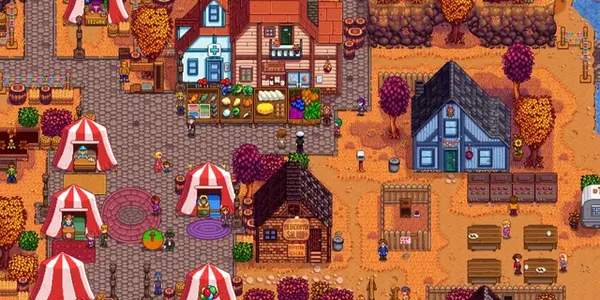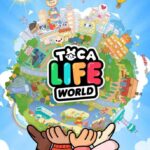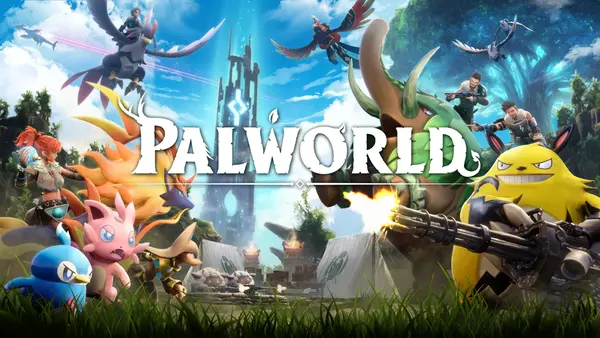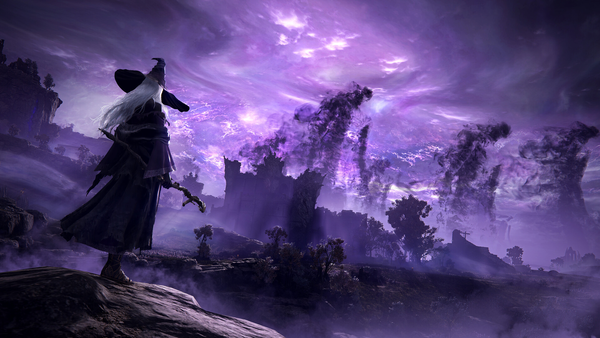Advertisement
Popular Now
Introduction
"Stardew Valley," a beloved farming simulation game, offers a heartwarming escape into rural life. Despite its charm, one significant issue often disrupts the idyllic gameplay: the game’s economic inflation. This article delves deeply into how inflation manifests in "Stardew Valley," affecting gameplay balance, player engagement, and long-term satisfaction.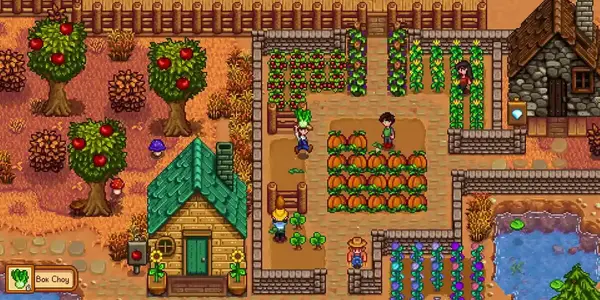
Understanding Stardew Valley's Economy
The economy of "Stardew Valley" revolves around farming, mining, fishing, and crafting. Players earn money by selling goods and reinvest it into their farm. The economic system is designed to be accessible yet complex.The Initial Balance
- Early Game Economy: In the first year, players must carefully manage their limited resources to maximize profits.
- Price Stability: Prices of seeds, tools, and livestock remain consistent, allowing players to plan their growth trajectory.
The Turning Point
- Expansion Opportunities: As players unlock advanced tools and high-value crops, the balance begins to shift.
- Surplus Wealth: By the second year, most players accumulate more money than they can reasonably spend, leading to economic inflation.
The Roots of Inflation in Stardew Valley
Inflation in "Stardew Valley" is not due to dynamic price changes but rather to the player’s exponential wealth growth.Unlimited Income Streams
- High-Yield Crops: Crops like Ancient Fruit and Starfruit generate immense profits.
- Automated Systems: Machines like kegs and preserve jars amplify income with minimal effort.
Lack of Expenditure Scaling
- Static Prices: Tool upgrades, buildings, and seeds do not scale with the player’s wealth.
- Limited Sinks: Few high-cost items or investments exist to balance earnings.
The Impact on Gameplay
Inflation significantly alters the player's experience, introducing unintended consequences.Reduced Challenge
- Diminished Strategy: With abundant resources, players no longer need to make strategic decisions.
- Predictable Gameplay: The lack of financial pressure removes the excitement of risk-reward decisions.
Endgame Stagnation
- Lack of Incentives: Players may lose interest as they achieve all major milestones.
- Wealth Hoarding: Money becomes a meaningless number, stripping satisfaction from further gains.
Comparing Inflation to Real-World Economies
Stardew Valley’s inflation mirrors real-world economic challenges.Similarities
- Overproduction: Just as industries face diminishing returns, so do "Stardew Valley" players with high-yield farms.
- Wealth Inequality: A virtual "rich-poor" gap emerges between new players and those exploiting advanced mechanics.
Differences
- No Consequences: Unlike real-world economies, "Stardew Valley" inflation does not lead to societal collapse.
- Player Agency: Players have full control, allowing them to mitigate or embrace inflation.
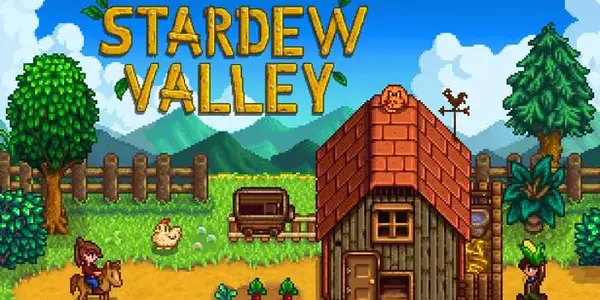
Addressing Inflation Through Game Mechanics
Developers can implement several changes to balance the economy.Dynamic Pricing
- Scaling Costs: Increase prices for seeds, tools, and buildings as wealth grows.
- Market Fluctuations: Introduce seasonal or demand-based price variations.
Expanding Money Sinks
- Luxury Items: Add expensive cosmetics, decorations, or rare items.
- Community Investments: Enable donations to upgrade the town or fund festivals.
Player-Driven Solutions
Players can also adopt strategies to manage inflation.Self-Imposed Rules
- Limited Farming: Restrict farm size or crop choice.
- Modding: Use mods to adjust prices or introduce new challenges.
Diversifying Playstyles
- Focus on Relationships: Spend more time building friendships and exploring non-economic aspects.
- Creative Farming: Design aesthetic farms rather than profit-driven layouts.
Community Feedback on Inflation
The "Stardew Valley" community has diverse opinions on inflation.Positive Perspectives
- Freedom of Play: Many players enjoy the freedom to accumulate wealth without restrictions.
- Casual Appeal: Inflation allows casual players to progress without frustration.
Criticism
- Lack of Depth: Critics argue that unchecked inflation undermines the game’s long-term appeal.
- Missed Potential: Balanced mechanics could enhance the late-game experience.
Modding and Customization
The modding community has created solutions to address inflation.Popular Mods
- Dynamic Prices Mod: Adjusts prices based on player wealth.
- Farm Expansion Mod: Adds costly upgrades to extend gameplay.
Impact of Mods
- Enhanced Challenge: Mods introduce new layers of strategy and balance.
- Tailored Experiences: Players can customize the game to suit their preferences.
The Future of Stardew Valley's Economy
Addressing inflation requires a delicate balance between player freedom and structured progression.Developer Updates
- Potential Features: New expansions or patches could introduce economic balancing tools.
- Community Collaboration: Listening to player feedback will be crucial for sustainable changes.
Long-Term Viability
- Replayability: A well-balanced economy ensures the game remains engaging for years.
- Legacy: Tackling inflation would cement "Stardew Valley" as a model for future simulation games.
